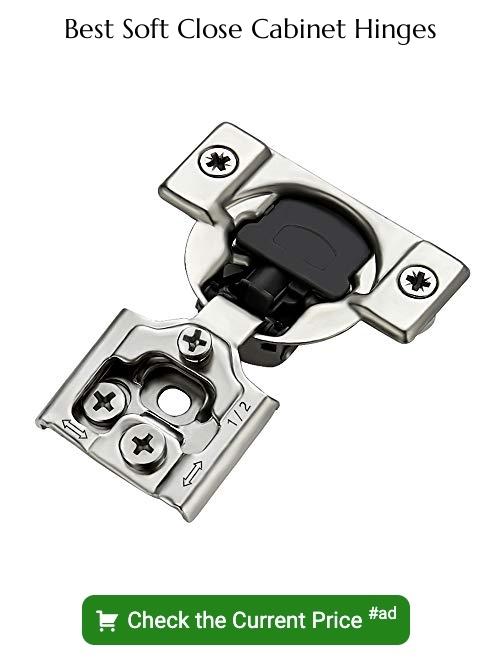Last updated on
Explore the key differences between soft-close and standard hinges for cabinets, ensuring you make an informed decision for your home improvement project.
Are you tired of the loud slamming sound your cabinet doors make every time you close them? Or do you find it frustrating when your cabinets don’t close properly, leaving a small gap that ruins the overall look of your kitchen or bathroom?
If so, then it’s time to consider upgrading to soft-close hinges for your cabinets. In this article, we’ll explore the differences between soft-close and standard hinges and help you decide which option is right for your home.
Key takeaways:
- Soft-close hinges reduce noise and prevent the slamming of cabinet doors.
- Standard hinges are affordable and versatile.
- Installation of soft-close hinges involves an additional mechanism.
- Soft-close hinges require less maintenance but are more complex to adjust or repair than standard hinges.
What's Inside
Soft-Close Hinges

Soft-close hinges are a popular choice for homeowners who want to upgrade their cabinets. These hinges work by using hydraulic or pneumatic technology to slow down the closing of cabinet doors, preventing them from slamming shut and reducing noise levels in your home.
Soft-close hinges are particularly useful in homes with children or pets, as they prevent little fingers and paws from getting caught in the door while also protecting your cabinets from damage caused by slamming.
One of the main benefits of soft-close hinges is that they provide a smooth and controlled closing motion that helps extend the life of your cabinetry. They also offer an added layer of safety since you won’t have to worry about accidentally pinching fingers when shutting cabinet doors quickly.
Another advantage is that soft-close hardware can be installed on most types of cabinetry without requiring any major modifications, making it an easy upgrade for those looking to improve their kitchen or bathroom’s functionality without breaking the bank.
Standard Hinges
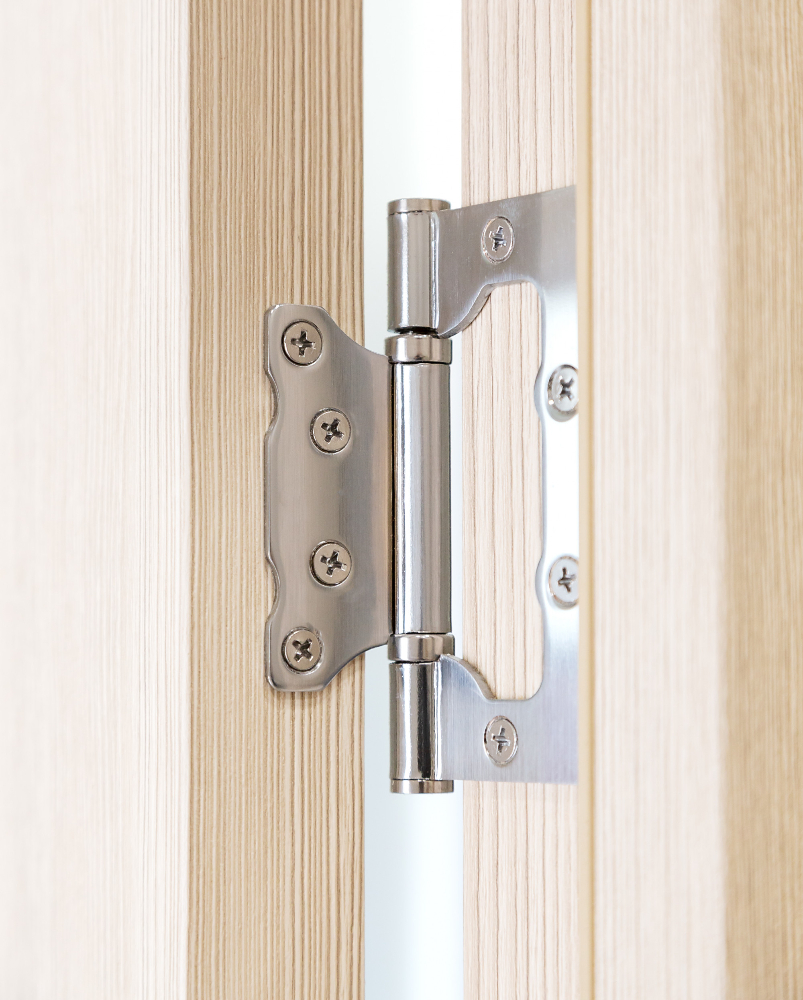
They are simple and affordable, making them a popular choice for many homeowners. Standard hinges come in various sizes and finishes to match your cabinet’s design, but they lack some features that soft-close hinges offer.
One significant drawback of standard hinges is their inability to close quietly or gently. When you shut a cabinet door with standard hinges, it will slam shut loudly unless you take extra care to close it slowly and carefully every time.
Another issue with standard hinges is that they can wear out over time due to frequent use or heavy doors. This can cause the doors not to align correctly or even fall off entirely if left unattended for too long.
Installation Differences
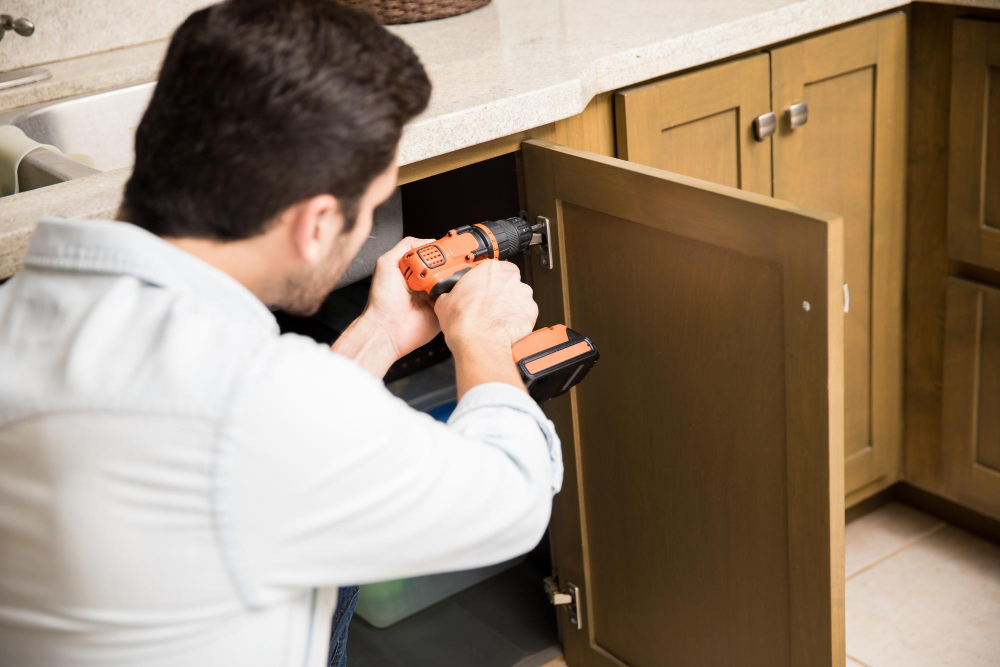
Soft-close hinges have an additional mechanism that needs to be installed in order for the door to close slowly and quietly. This mechanism is typically attached to the hinge itself or inside the cabinet frame.
On the other hand, standard hinges are much simpler and easier to install since they don’t require any additional mechanisms or adjustments. They can simply be screwed into place on both sides of your cabinet doors.
While installing soft-close hinges may take a bit more time and effort, many homeowners find that it’s well worth it in terms of convenience and noise reduction benefits. Plus, with proper installation by a professional or experienced DIYer, you can ensure that your cabinets will function smoothly for years to come.
Durability Comparison
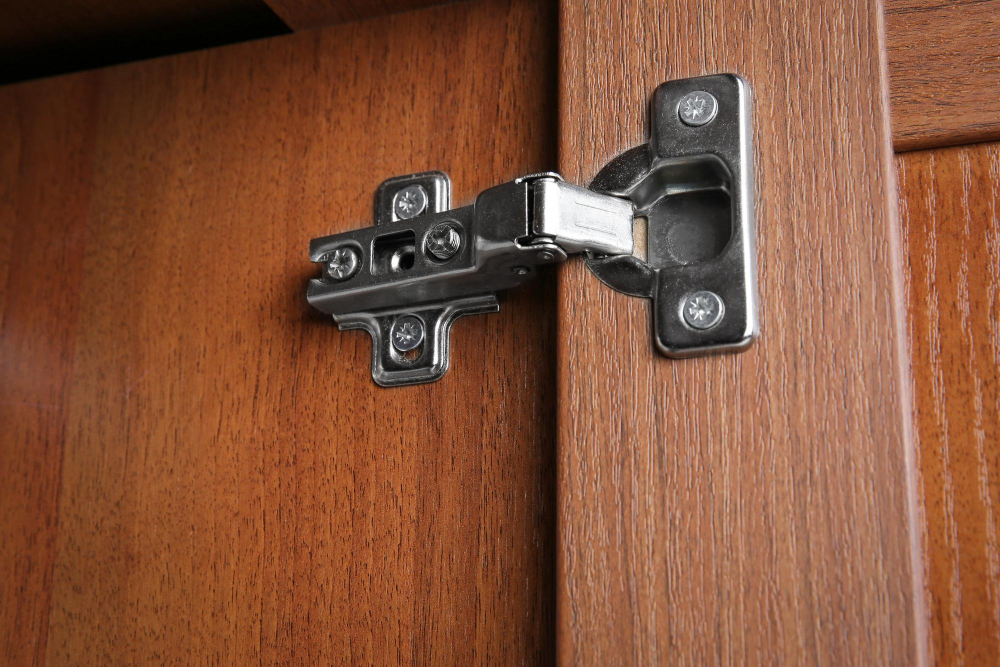
There are some differences in the materials used and construction that can affect their longevity.
Standard hinges typically have a simpler design with fewer moving parts. They’re often made of steel or brass and rely on tension to keep the door closed.
While they can be durable, wear and tear may cause them to loosen or break over time.
On the other hand, soft-close hinges have more complex mechanisms that slow down the closing process. They’re usually made of high-quality materials like stainless steel or nickel-plated zinc alloy, making them more corrosion-resistant than standard ones.
Noise Reduction Benefits
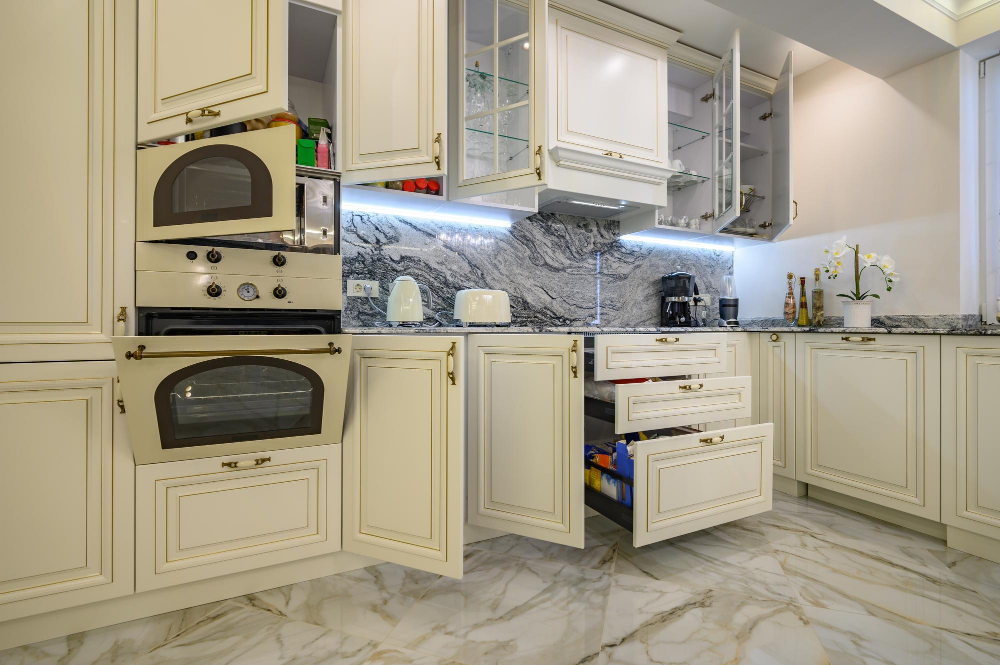
Unlike standard hinges that can produce a loud slamming sound when closing, soft-close hinges use hydraulic technology to gently close the cabinet door without any noise. This feature is especially useful in homes with young children or light sleepers who may be disturbed by sudden noises.
In addition to reducing noise levels, soft-close hinges also help protect your cabinets from wear and tear caused by constant slamming. The gentle closing motion ensures that your cabinets remain in good condition for longer periods of time.
Maintenance & Adjustments
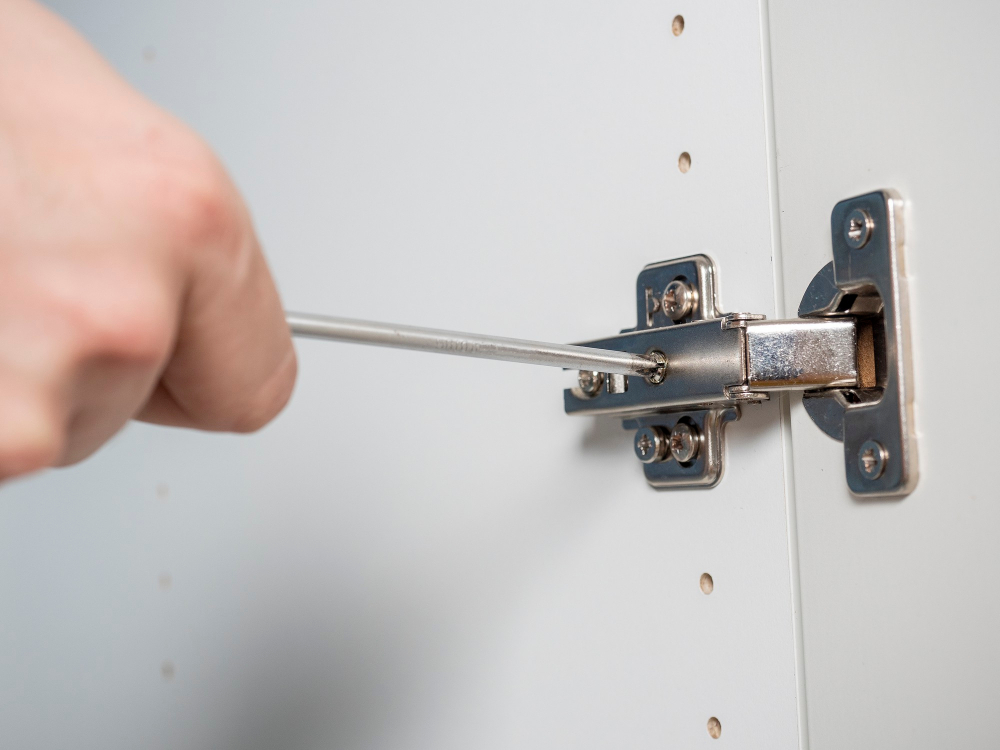
Soft-close hinges require less maintenance than standard ones since they have fewer moving parts. However, if you do need to make adjustments or repairs, it can be more challenging due to the complexity of the mechanism.
Standard hinges are easier and cheaper to maintain and adjust because their design is simpler. You can easily tighten loose screws or replace worn-out parts without needing any special tools or expertise.
Regardless of which type of hinge you choose for your cabinets, regular cleaning is essential for keeping them in good condition. Use a damp cloth with mild soap solution when wiping down cabinet doors and frames around the hinge area regularly.
Both soft-close and standard hinges require some level of maintenance over time but differ in terms of complexity and ease-of-use when making adjustments as needed.
Aesthetics & Design Options

However, there are some differences worth noting. Soft-close hinges tend to have a sleeker appearance since they don’t require visible hardware on the outside of the cabinet door. This can create a more streamlined look that’s perfect for modern or minimalist designs.
On the other hand, standard hinges come in various finishes such as brass or chrome that can add an extra touch of elegance to your cabinets’ overall look.
If you’re looking for something unique or custom-made for your cabinets’ specific style requirements. In that case, standard hinges may be more suitable since they offer greater flexibility in terms of customization.
Ultimately when choosing between soft-close and standard hinge options based on aesthetics & design preferences – consider what will complement your existing decor best while also providing functionality benefits like noise reduction and durability improvements.
